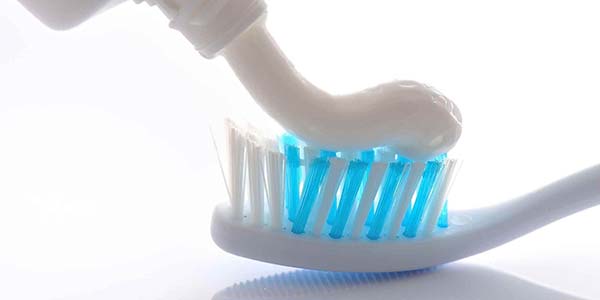Winter Tooth Saviours
The frosty mornings, dark nights and cosy evenings are back. These changes call for hot drinks, wrapping up warm and comforting food. But do you struggle to drink hot drinks? Does the cold air set your teeth on edge? Do you overindulge on the sweet food and drinks in the colder months?
Ultimately we need to be protecting our teeth as much as possible and preventing problems from occurring. Enamel is the hard protective outer layer of our teeth that protects the more sensitive layers beneath. The inside of your tooth is primarily made up of a material called dentine, which contains microscopic tubules filled with tiny nerve endings. These tubules connect to the inner layer of the tooth called the pulp which houses the tooth’s blood supply and nerves.
Sensitivity or nerve irritation occurs whenever dentine loses its protective covering of enamel, exposing the nerve endings to hot, cold, acidic or sticky foods.
The enamel can be worn by:
- Hard tooth brushing wearing away the enamel surface
- Erosion from highly acidic or sugary drinks
- Tooth decay or broken teeth that expose the dentine layer of the teeth
- Gum recession exposing the root surfaces of the teeth
So how can I prevent these things?
- Being Aware of Our Diet
How often am exposing my teeth to sugar and acid that can wear the enamel? Between sugar hits, our saliva will naturally bring the conditions in our both back to normal. On average this takes between 30 minutes to an hour. If we only ever drink sugary drinks or regularly snack on sticky foods, this gives our mouth little chance to recover and increases our risks of tooth wear and tooth decay that can lead to sensitivity pain as the dentine becomes exposed.
Top Tips: keep sugary or acidic drinks and snacks to meal times to reduce sugar attacks in the day. Also, try cutting the sugar in your hot drinks and switching sweet snacks to savoury choices such as rice cakes or nuts.
- Improving Brushing Technique
“Scrubbing” our teeth can be a sure way to wear our outer enamel surface away and also our gum line which can expose the more sensitive root surfaces. Not only does it damage the teeth but it misses areas of our teeth such as interdental spaces and gum lines. A gentle circular technique should be used to clean the teeth and reduce damage to the enamel efficiently.
Top Tips: speak to your Dental Hygienist to show the correct techniques. Take a little time to watch the above video we have produced to show you the right way of using a manual toothbrush. Also, consider switching to an electric toothbrush that has a sensor to tell you if you are brushing too hard.
- Fluoride
Fluoride is a naturally occurring mineral found in water. The mineral deposited into teeth helps strengthen the enamel, the outer layer of your teeth, in a process called mineralisation. This can help to keep the enamel healthy and protecting the inner layers of the teeth.
Top tips: check your toothpaste is containing fluoride as an ingredient (most do) of at least 1350 ppm (parts per million) for an adult as recommended by the Department of Health. Your Dentist may also prescribe you higher fluoride products such as the placement of fluoride varnishes, fluoride mouthwashes and toothpaste.
If you have concerns or questions about anything discussed in this blog, speak to your dental practitioner for help and advice. Give us a call at North Street Dental to book in with one of our team on 01384 254067. Don’t let the winter blues affect your teeth!




